Zedekiah's Cave
An ancient quarry rediscovered by a dog and claimed by biblical kings, a German cult, and the Freemasons.
The limestone rock quarry known as Zedekiah’s Cave under the Old City of Jerusalem has been a center of legend and ceremony for thousands of years.
There are several stories about the cave that are matters of faith. Legend says that stones from the quarry were commissioned by King Solomon and used to build the lost First Temple, which is why the site is sometimes referred to as Solomon’s Quarries. Another biblical king, King Zedekiah, is said to have attempted to flee a besieged Jerusalem for Jericho through this cave. When he was captured by henchmen of the Babylonian King Nebuchadnezzar, his sons were murdered in front of him before his eyes were put out. He spent the rest of his life blind and imprisoned. The drops of water that trickle through the cavern’s ceiling are today known as “Zedekiah’s tears.” Still another legend marks the quarry as the final resting place of Korah, who led a rebellion against Moses and was swallowed up by the earth in a godly act of retribution.
What can be proven through archeology and historical corroboration, however, is perhaps equally remarkable. The 300-foot-long subterranean chamber is entirely man-made, hollowed out by generations of labor. The total size is estimated at around five acres. Around 50 CE, Herod the Great used this quarry for building projects, including the Second Temple and what is now the Western Wall. Suleiman the Magnificent would have the cave sealed during the 16th century, fearing that invaders would be able to use it to dig tunnels right into the heart of Jerusalem.
The cave remained sealed until 1854, when an American missionary named James Turner Barclay discovered the entrance, after his dog ran into a small opening that had been revealed by heavy rainfall. In the 1880s, a German religious cult moved into the cavern, but was removed by Turkish and German authorities. The Freemasons were also drawn to the cave, as they hold particular kinship to King Solomon, who is believed to have been the first Grand Master. The group held their first ceremony in the cave in 1868 and the Freemasons of Israel continue to hold an annual ceremony in it every year.
The last known use of the cave as a quarry was for the building of the clock tower above the Jaffa Gate in the in early 1900s. However, anyone acquainted with the cavern’s long history knows there’s still time for many more tales to be told.


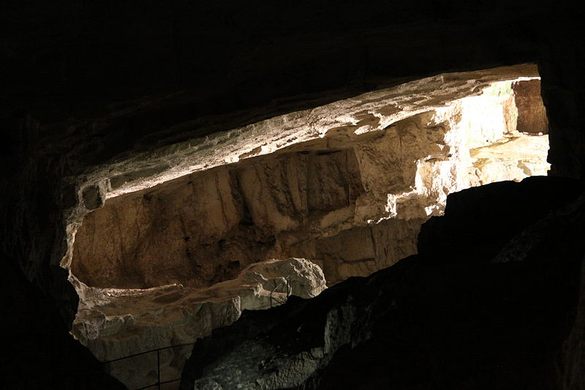
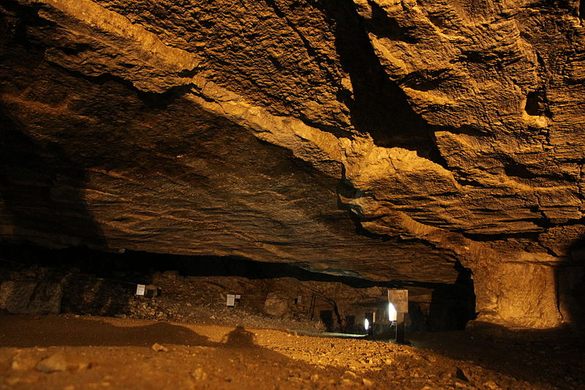
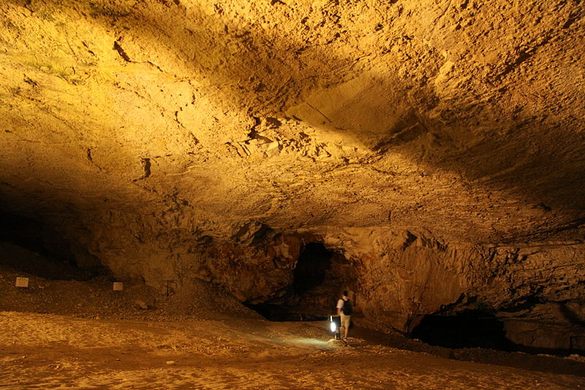






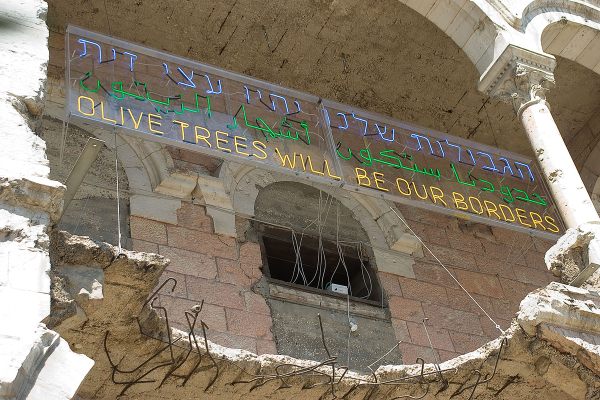

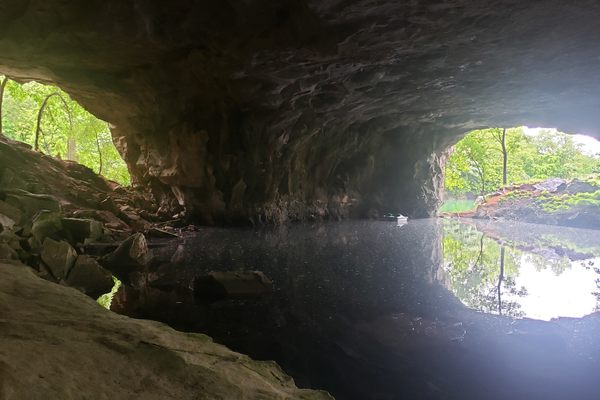





Follow us on Twitter to get the latest on the world's hidden wonders.
Like us on Facebook to get the latest on the world's hidden wonders.
Follow us on Twitter Like us on Facebook